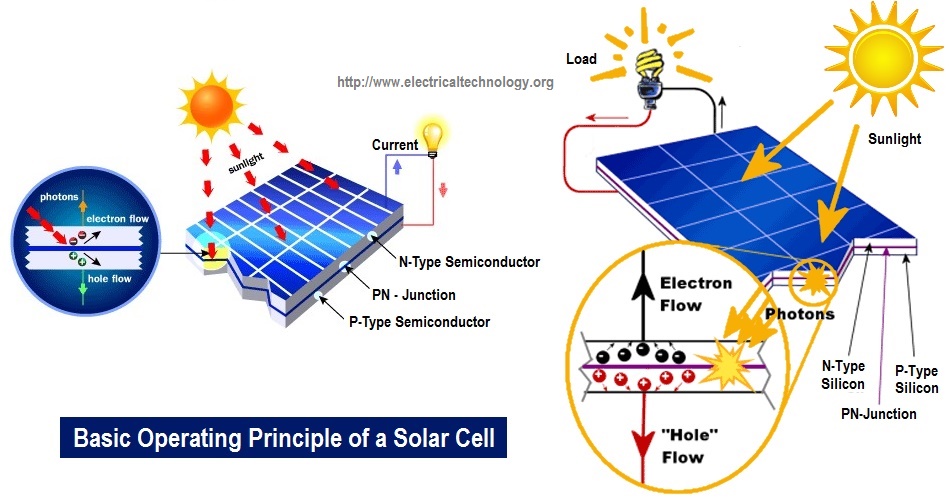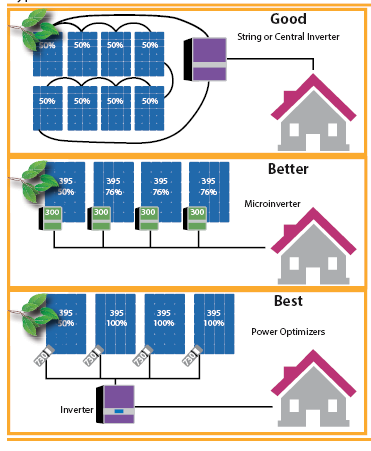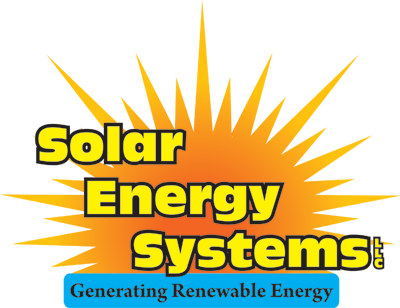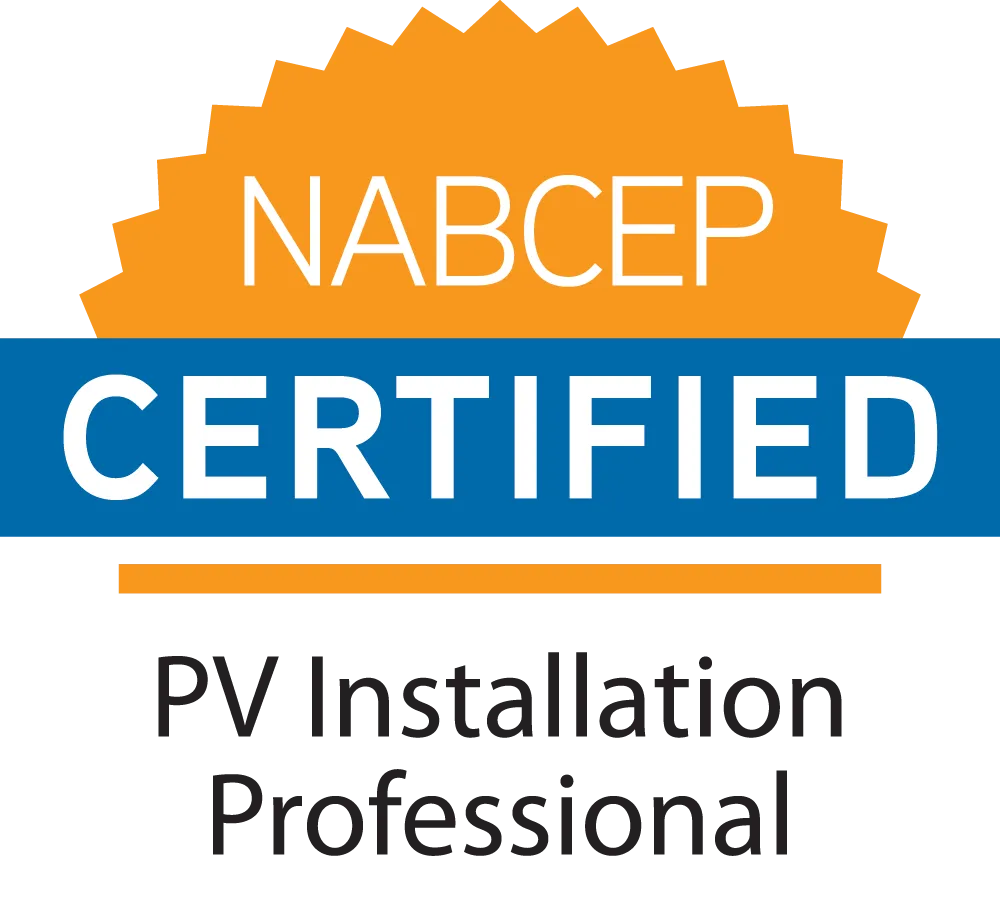Solar Energy Collection
Solar panels are made up of photovoltaic cells that create an electric charge when exposed to sunlight. The panel collects that charge and sends it to an inverter, which is a device that converts direct current (DC) to alternating current (AC). The inverter sends the electricity to the electric meter, which sends it to a house or facility for use. The electric meter sends any extra electricity to the electric grid, usually generating a credit with the electric utility.
If a solar system is off-grid, then the solar panel’s DC is sent straight to a battery system. The battery system replaces the electric grid and electric meter, sending the electricity to your inverter, which distributes the electricity to a house or facility.


SolarEdge Power Optimizers
SolarEdge, a leading company in high-tech inverters, designed an optimizer to put on each panel to overcome the limitations of a string inverter system. The optimizer isolates each panel from every other panel, essentially creating a new system for every panel. Those panels are linked to a SolarEdge Inverter and will output as much as they can, regardless of the other panels. Optimizers also increase the efficiency of each panel and allow online production monitoring and fault detection.
String Inverters
A string inverter system is a standard, but outdated version to engineer a solar power system. Every panel is “stringed” together and then linked to an inverter. This causes every panel in the string to output only as much as the lowest producing panel. If one panel gets obstructed by clouds, snow, rain, dust, leaves, etc. it will be like all the panels are obstructed.
THE SOLAR PROCESS
1. Free Estimate & Site Evaluation
Solar Energy Systems schedules a free site visit to determine the BEST system to fit your needs. Every system we design is customized to suit the unique circumstances of every customer.
2. Signing a Contract
The next step is signing a solar contract, which assures both Solar Energy Systems’ and the customer’s commitment and dependability to install the solar system.
3. Obtaining Permits & Utility Agreements
Once a contract is signed with an initial down payment, Solar Energy Systems gets to work immediately securing the necessary permits and utility agreements. This can be a difficult task for most customers, so we take care of everything from beginning to end!
4. Professional & Experienced Installation
The next step is installation, which is usually the easiest part! With experience in solar energy since 2006, Solar Energy Systems installs your system(s) quickly and efficiently to keep your costs down.
5. Monitoring & Ensuring System Performance
And you’re done! With the option of online monitoring and 30-year warranties, you can be sure that your system will produce electricity for years to come!



